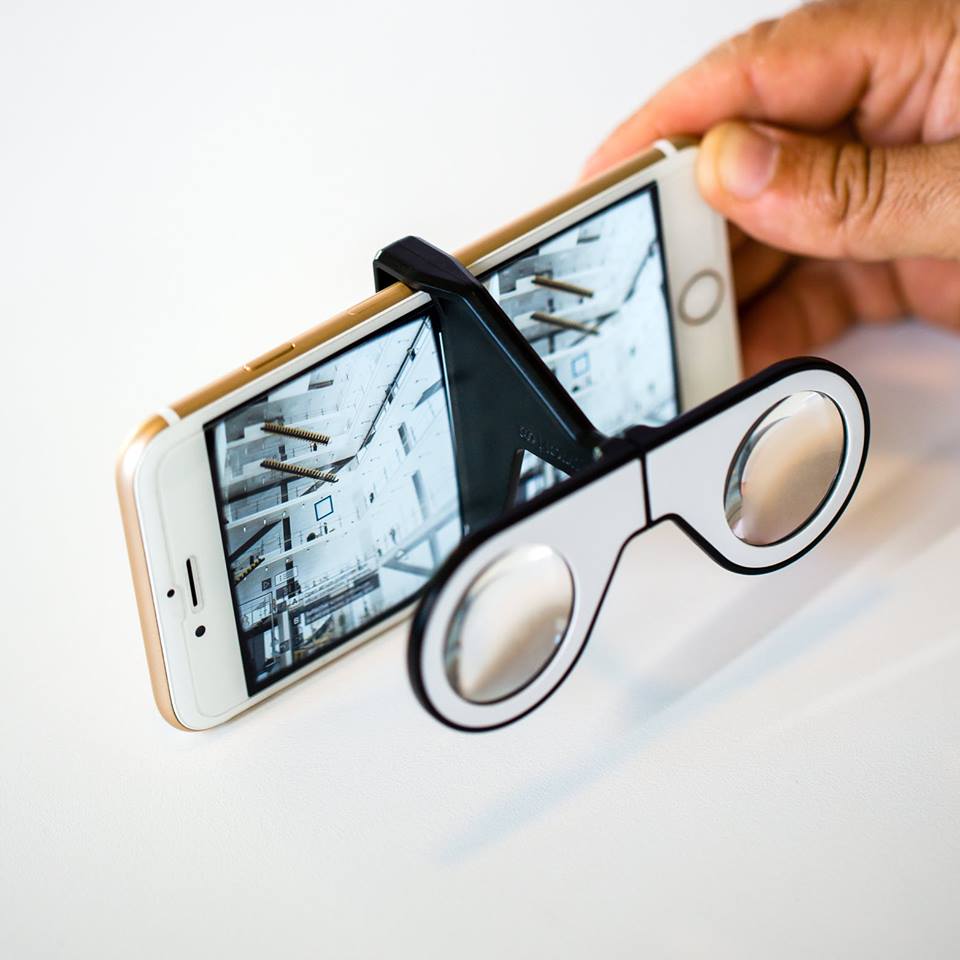 EMERGING TECH
EMERGING TECH
 EMERGING TECH
EMERGING TECH
 EMERGING TECH
EMERGING TECH
Visual Vocal, a Seattle-based startup that wants to help companies collaborate in virtual and mixed reality, announced today that it has raised $3.6 million in seed funding.
The funding round was led by Eniac Ventures, and it also included participation from Scout Ventures, Spider Capital and the Alliance of Angels. Visual Vocal said it will use its new funding to scale up its enterprise sales and continue developing its VR platform.
Founded in 2015, Visual Vocal provides a mobile VR and mixed-reality platform that allows teams to work together on large design projects in architecture, aerospace and more.
The startup’s platform does this by allowing users to create a virtual environment called a V|V, which is hosted in real-time so that any changes are immediately shared with all users. Visual Vocal’s platform also includes a “virtual inbox,” which gives users a single hub for messages, meetings and project updates.
Rather than relying on dedicated VR headsets, Visual Vocal’s virtual environments can be viewed through a smartphone using a small, binocular-like attachment (pictured). This allows companies to deploy Visual Vocal’s platform without having to invest in expensive devices for each user. According to Visual Vocal, its VR tools can be used throughout every stage of a project.
“Thanks to an advanced cloud-based infrastructure, our technology can power all stages of communication: design-phase renderings of build options, construction-focused job site communication and post-occupancy facilities documentation,” said Sean B House, co-founder and chief technology officer at Visual Vocal. “This platform-based approach offers the flexibility to power applications for any industry that lives and breathes 3D data.”
Visual Vocal Chief Executive John SanGiovanni, who did extensive work with augmented reality while at Microsoft Corp., said VR is just the beginning. “Augmented Reality is just around the corner, and those companies with broad industry usage in the immersive productivity category will be in a highly leveraged position once AR becomes broadly available,” he said.
Collaboration is becoming a more popular use case for VR, especially in the enterprise, but many of the services currently available focus more on virtual conferencing telepresence than actual workflow. There are also several products that use augmented reality to visualize 3D designs, such as the DAQRI smart helmet, but few of these products support real-time collaboration.
Support our mission to keep content open and free by engaging with theCUBE community. Join theCUBE’s Alumni Trust Network, where technology leaders connect, share intelligence and create opportunities.
Founded by tech visionaries John Furrier and Dave Vellante, SiliconANGLE Media has built a dynamic ecosystem of industry-leading digital media brands that reach 15+ million elite tech professionals. Our new proprietary theCUBE AI Video Cloud is breaking ground in audience interaction, leveraging theCUBEai.com neural network to help technology companies make data-driven decisions and stay at the forefront of industry conversations.